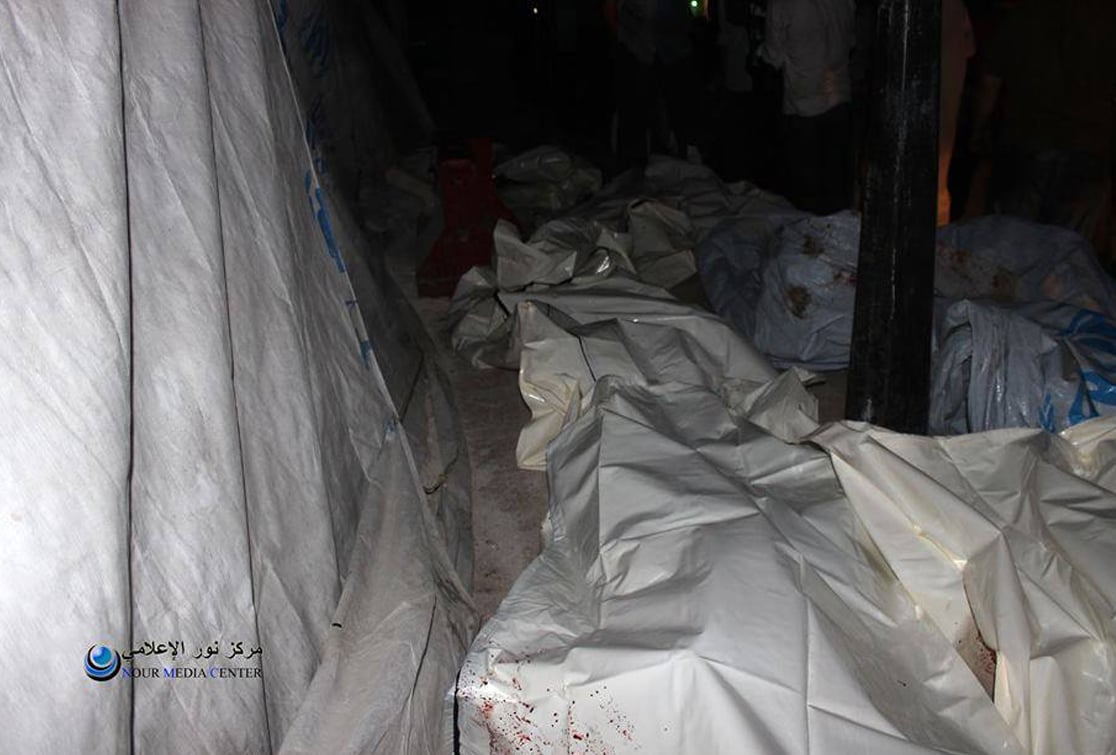
Languages
Available In
I- Introduction:
This report includes the documentation and death toll of the most notable massacres committed in the months of Ramadan since 2011 up till 2015. The report is based on SNHR’s archive, which was generated in 2011 through the network’s members in and outside Syria. You can have full access for the methodology used in documenting victims.
This report does not include the victims of government forces (including army, security forces, local militias and foreign Shiite militias) and ISIS members due to different variables and restrictions.
The chronological sequence of the violations committed in Ramadan:
Government forces started to perpetrate crimes in Ramadan 2011.
In Ramadan 2012, An-Nusra Front, PYD forces and armed opposition groups emerged.
In Ramadan 2013, ISIS (known s Daesh in Arabic) emerged and joined the aforementioned groups.
In Ramadan 2014, PYD “Self-control” regions were formed in Kurdish areas. Those forces included the Democratic Union Party. Also in 2014, the International Coalition forces took a part in the Syrian crisis.
Government forces uphold almost 93% of the total toll of committed violations (this percentage is different from one report to another). According to SNHR records, government forces killed 16879 individuals out of 18205 and committed the largest number of massacres. Ramadan 2012 was the deadliest since government forces committed a number of atrocities and massacres during it.
Since 2011 and up till 2013, people protested after the “Taraweeh prayers” (evening prayers), but as a result, they were targeted with missiles and bullets. The government forces’ strategy of shelling changed in 2014 where they started shelling regions outside their control. In 2015, government forces bombarded markets and mosques during rush hour, before “breaking the fast” time. ISIS used the same systematized strategy and bombed a mosque in an armed-opposition group region during the same time.
It should be noted that we managed to document those massacres through our network of activists who are distributed across Syria. It is very much likely that the actual death toll is larger than what we were able to document due to different restrictions and obstacles.
//


